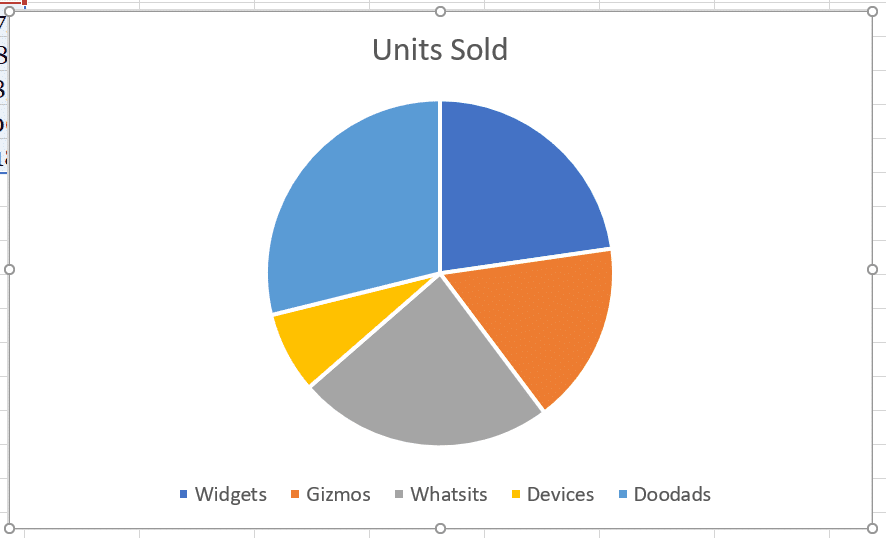

This article has been viewed 1,071,431 times. This article has 18 testimonials from our readers, earning it our reader-approved status. WikiHow marks an article as reader-approved once it receives enough positive feedback. There are 7 references cited in this article, which can be found at the bottom of the page. Eric holds a BA in English from the University of Illinois at Chicago, and an MEd in secondary education from DePaul University. He was the winner of the Paul Carroll award for outstanding achievement in creative writing in 2014, and he was a featured reader at the Poetry Foundation’s Open Door Reading Series in 2015. His digital chapbook, The Internet, was also published in TL DR Magazine.

A former educator and poet, his work has appeared in Carcinogenic Poetry, Shot Glass Journal, Prairie Margins, and The Rusty Nail. Eric McClure is an editing fellow at wikiHow where he has been editing, researching, and creating content since 2019. We can see this by hovering over the wedge.This article was co-authored by wikiHow staff writer, Eric McClure. If they didn’t add up to 100%, then the wedges of the pie chart would be different than the percentages listed.īecause our list of percentages added up to 100%, the blue wedge that represents that 30% of the population like the color blue is also 30% of the pie chart.

This list of percentages add up to 100%, so our pie chart is an accurate representation of the percentages. We can see this percentage by hovering over a wedge in the chart. Since we have 20 pears, the orange wedge is 20/50=40% of the whole pie chart. Since our list of fruits add up to 50, the wedges are the percentage calculated as the number divided by 50. Notice that the pie wedges are not a representation of the numbers in the column, but the percentage of the total. You can also edit the appearance of the chart using the menu bar at the top or by double-clicking on different parts of the chart. You can adjust the size by pushing and pulling on the sides of the chart. Then select PIEĮxcel will automatically create a pie chart for you. Step 3: In Excel, go to INSERT in the menu. If you want to have the labels on the chart, you need to highlight the labels of the data as well. Notice that the total percentage adds up to 100%. Here is a list of the favorite color percentages of some population of people. Notice that they add up to a total of 50. Here is a list of different fruits and the number of each. The pie chart will be a representation of the percentages of the data total. Video Source (04:11 mins) | Transcript Step 1: Have a list of data in Excel


 0 kommentar(er)
0 kommentar(er)
